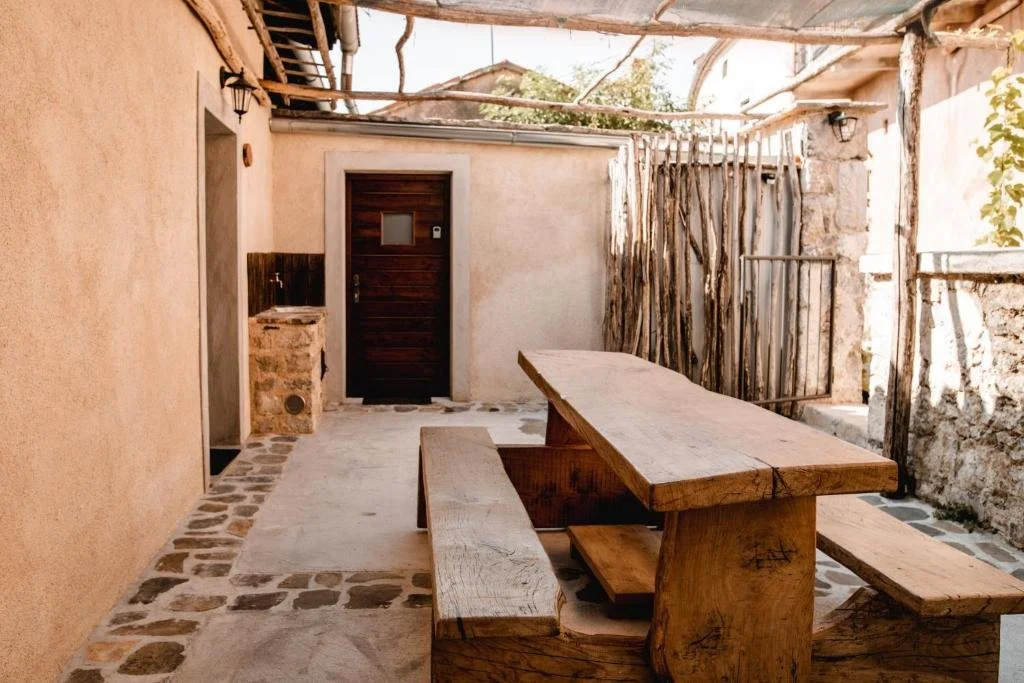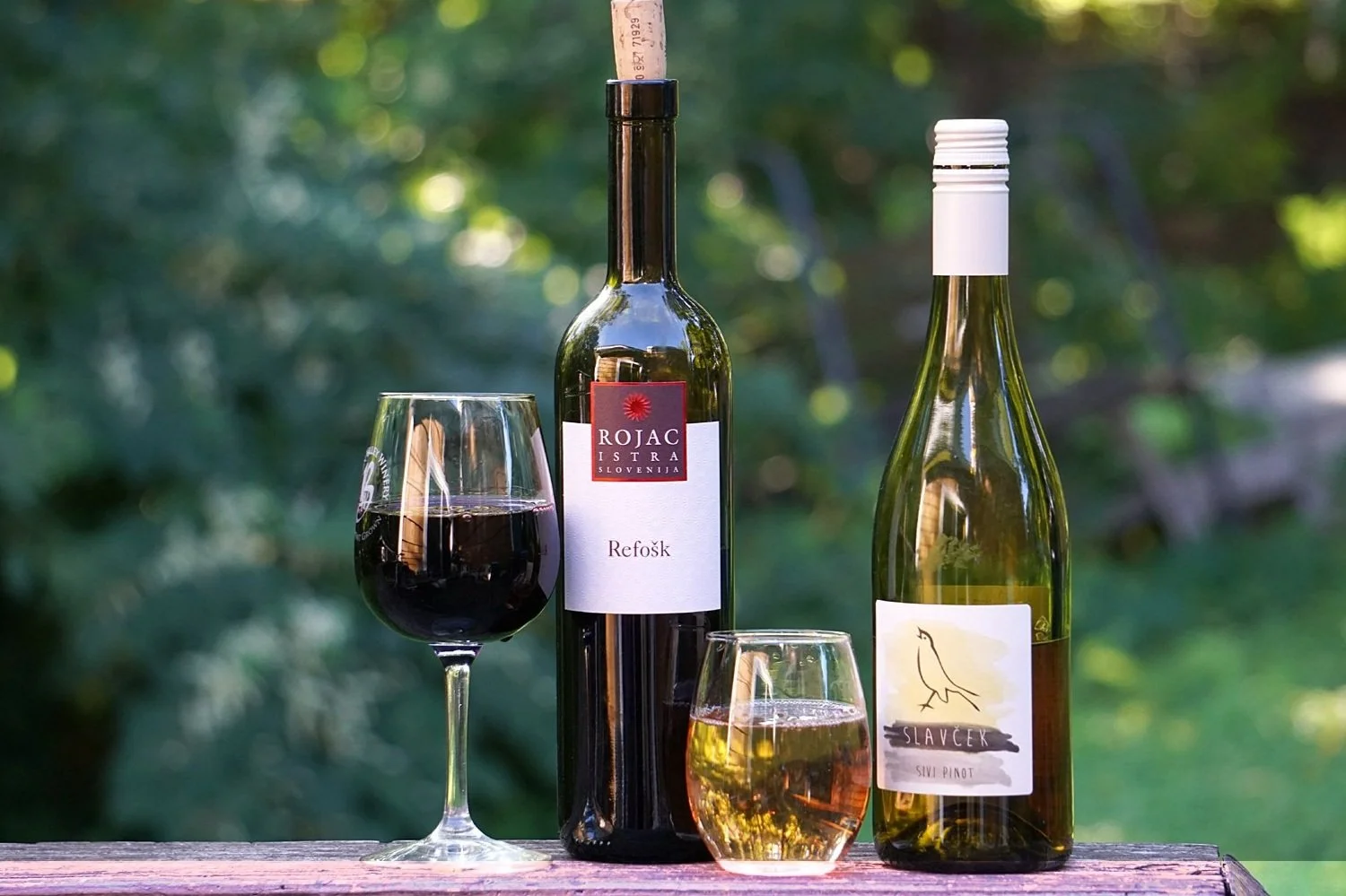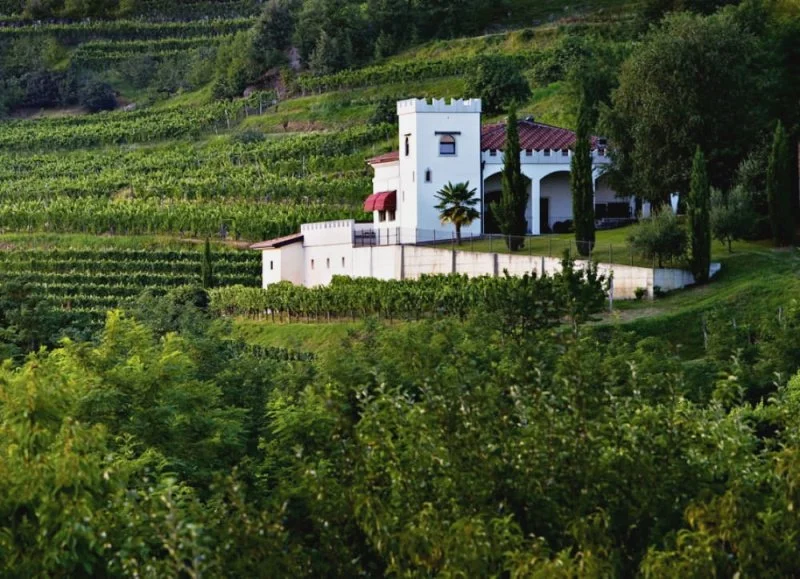A Long Weekend in Slovenia’s Vipava Valley: Where Wine, Wildflowers, and Silence Meet
If you’re looking for a spring trip that feels personal, peaceful, and just a little bit poetic—skip Tuscany this year. Seriously. Let the crowds have it.
Because just two hours from Ljubljana, tucked between the Julian Alps and the Adriatic breeze, Slovenia’s Vipava Valley is quietly waiting. Picture soft hills. Family-run wineries. Hilltop towns where time drips slow like honey. And trails lined with thyme and blooming cherry trees.
It’s the soulful traveler’s spring alternative to Tuscany. And no one is talking about it yet.
Why Vipava Valley, Why Now?
Late spring is when this valley wakes up. Everything is green, full, and bursting into bloom. The summer heat hasn’t arrived, and the wine tastings are relaxed, unhurried, and often just you and the winemaker.
It’s still off the radar for most travelers—especially those searching in English. Which means you’ll have quiet trails, handwritten menus, and sunset vineyard views mostly to yourself.
The pace here invites you to breathe differently. You spend your mornings barefoot in the grass, your afternoons sipping slowly beneath fig trees, and your evenings with a glass of local wine under a sky full of stars.
Where to Stay: Vineyard Guesthouses with a Personal Touch
You won’t find resorts here. What you will find: cozy stays where you’re greeted with a smile, a glass of wine, and maybe a slice of homemade cake.
Majerija (Slap Village)
A hidden gem with rooms built into a hillside, like a modern hobbit home. Organic food, local wines, and a setting so peaceful you’ll lose track of time. Dinners are made from what’s grown or foraged nearby, and the owners are happy to share stories about the valley.
Theodosius Forest Village
Glamping! Set in the trees above Vipava, these wooden lodges are simple but stylish. Think forest bathing meets barefoot luxury. The lodges are private, and mornings begin with baskets of breakfast delivered to your door.
Can we move permanently to Theodosius Forest Village?
Vila Ana Vipava
A boutique B&B in an old stone villa. They serve a slow breakfast in the garden, and you can walk to wine bars by sunset. Rooms are minimal and calm, with details like linen bedding and handmade ceramics.
Want to go truly local?
Be brave and ask your host to set up a tasting or a homemade dinner. Many do, and it’s the best way to meet the valley! Some even invite guests to help with garden tasks or seasonal cooking—a beautiful way to slow down and connect.
What to Do in Vipava Valley
Vipava Valley isn’t about hurrying between must-see spots — it’s a place to sink in and appreciate the slower pace. The real charm lies in unplanned moments: wandering along a quiet lane just because it looks inviting, resting under a cherry tree in the afternoon, or trying a wine you’ve never heard of while chatting with someone who’s been making it all their life.
That’s especially true when you visit the local wineries. These aren’t commercial tasting rooms built for bus tours; they’re small cellars and farmhouses where you’re more likely to find the winemaker at the table with you. Stop by Burja Estate to taste their biodynamic wines and hear the stories that inspire each bottle. Over at Vina Batič, the family has been making wine for generations, and their cozy tasting room is the perfect spot to enjoy a glass while looking out across the hills. Then there’s Slavček Wines, where the homemade bread, cheese, and orange wine might tempt you to spend the whole afternoon.
And that’s exactly what you’re here for — an afternoon that stretches gently into evening, good company, and a sense that you don’t need to do anything except enjoy the valley as it is.
You won’t need to book most tastings weeks in advance. Just call ahead or ask your guesthouse to help you plan a route.
Hike Between Hilltop Towns
There are gentle walking routes connecting villages like Goče, Slap, and Vipavski Križ, winding past vineyards, wildflower meadows, and patches of forest that seem to change with the light. Goče is a highlight — its tiny lanes hide more than 300 old stone wine cellars, and you can easily lose an hour or two just exploring its quiet corners.
One of the easiest trails to follow is the Vipava Wine Trail (Vipavska Vinska Cesta), a relaxed loop that passes through several villages and small wineries along the way. Bring a bottle of water, a tote for any wine or snacks you pick up, and a notebook if you like to jot things down. Mostly, come with time to spare — this is a landscape you enjoy best when you’re in no rush at all.
Vipavski Križ view
Vipavski Križ
Wander Vipava Town
Wander into Vipava town and you’ll find a place that’s small, quiet, and deeply easygoing. Start your morning at Fama Bar, where you can sip a coffee on the terrace and listen to the water as it drifts past. Take the short walk up to the castle ruins perched above town — the path is gentle, the views stretch across the valley, and there’s usually hardly anyone else around.
If you’re here on a weekend, stop by the little market to pick up fresh cherries or a jar of homemade fig jam before you go. Then simply find a shady bench or a spot under a tree and do nothing much at all. Vipava is one of those towns that invites you to slow right down and let the hours slip by.
Bike to Wine, If You Want
If you feel like seeing the valley on two wheels, a lot of guesthouses have bikes you can borrow. The roads between villages are mostly flat and easy to follow, and cycling to a winery or two is a lovely way to move at your own pace. Pack a water bottle, go slowly, and remember there’s no need to cover too much ground — you’re here to unwind, not rack up kilometers.
And if none of that appeals, that’s fine too. Sitting on a terrace with a glass of Rebula and a good book is its own kind of perfect. In Vipava, the simplest moments often turn out to be the most memorable.
Where to Eat: Honest, Homemade, and Local
The food in Vipava is simple and local, built around whatever’s in season. Menus don’t usually come in English — and that’s part of the fun. Just ask what’s good that day and let your host decide.
A short drive up to Gostilna pri Lojzetu at Zemono Manor is well worth it if you want something special. The setting is elegant and historic, and the kitchen puts a refined spin on traditional Slovenian recipes.
Closer to town, Vinska Klet Vipava 1894 is a casual, welcoming spot with good house wines and a menu full of regional staples.
If you’d like to stretch your legs before you eat, hike up to Sinji Vrh Planinski Dom. This rustic mountain inn looks out across the valley and serves hearty food like stews, buckwheat spoonbread, and omelettes full of fresh herbs — exactly what you want after some time on the trail.
And if you’re heading toward Brda, plan a lunch stop at House Marjan Simčič near Dobrovo. Book ahead and enjoy a slow meal surrounded by vineyards.
Wherever you go, expect unfussy plates of local trout, creamy polenta topped with foraged greens, frtalja (a kind of herb omelet), and homemade bread. In this part of Slovenia, meals feel honest and satisfying — the perfect way to taste the landscape.
Sinji Vrh Planinski Dom
House Marjan Simčič
Your Slow Spring Itinerary
Day 1 – Arrive and drop your bags. Take an easy golden-hour walk through the vineyards and hillsides nearby to stretch your legs after the drive. Find a small restaurant or farm stay for dinner — a glass of local wine in hand as the light fades is a perfect welcome.
Day 2 – Start slow with breakfast outside in the garden. Later, head to Burja Estate for a relaxed wine tasting and chat with the winemaker. After that, give yourself time for a nap or a quiet afternoon with a book. Toward evening, wander over to a nearby village — Goče or Slap — to catch the sunset before dinner at a local tavern.
Day 3 – Pack a light picnic and follow the trail between Goče and Vipavski Križ. Take your time on the path through the vineyards and forest, stop to eat wherever looks good, and maybe jot down a few thoughts in your journal. In the evening, find a simple place to eat under fig trees, sharing plates and a bottle of Rebula until the stars come out.
Day 4 (Optional) – If you have an extra day, visit one of the valley’s monasteries, swim in the cool water of the Vipava River, or just do nothing at all — sip coffee, walk without a plan, and leave whenever you feel ready. In Vipava, there’s no need to squeeze too much in. Let the valley set its own pace.
Vipava valley has the prettiest wineyards
Goče
Travel to Vipava Valley
From Ljubljana: 1.5 to 2 hours by car.
From Trieste, Italy: About 1 hour.
Public transport: Buses run to Ajdovščina and Vipava, but a rental car gives you more freedom to explore the villages.
There are also transfers available through guesthouses or local tour guides if you don’t want to drive.
FAQ: Vipava Valley Travel Guide
Is Vipava Valley good for solo travel?
Yes. It’s safe, welcoming, and full of thoughtful solitude. Many guesthouses are run by women or couples who are happy to share stories over coffee.
Can I visit without speaking Slovenian?
Yes. Many people speak English, especially in tourism. A few polite phrases go a long way.
Is it worth visiting without a car?
It’s possible, but a car gives you better access to smaller villages and wineries. For a car-free version, base yourself in Vipava or Ajdovščina and plan short bike or taxi trips.
What should I pack?
Layers, walking shoes, a notebook, a tote for wine and fruit, and a reusable water bottle. Sunscreen and a hat if you’re planning long hikes.
Is it touristy?
Not yet. Especially in spring, it’s still beautifully quiet. Most visitors are Slovenian or from nearby Italy.
Want more hidden valleys and vineyard guesthouses? Sign up for the Trippers Terminal newsletter and get your slow travel inspiration delivered weekly.















